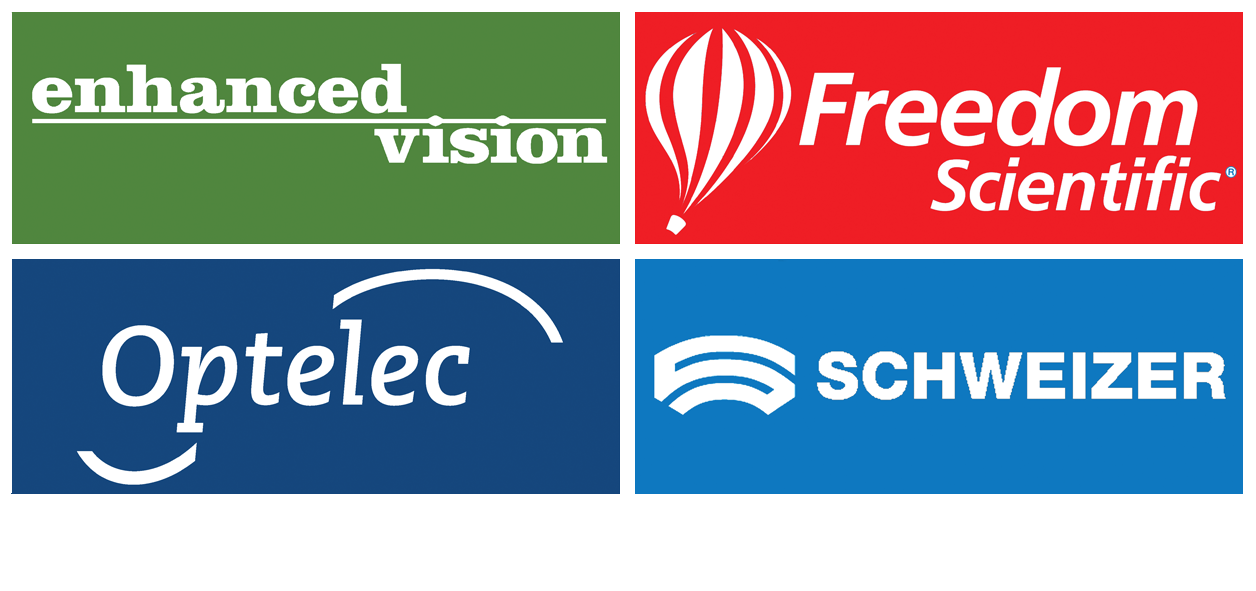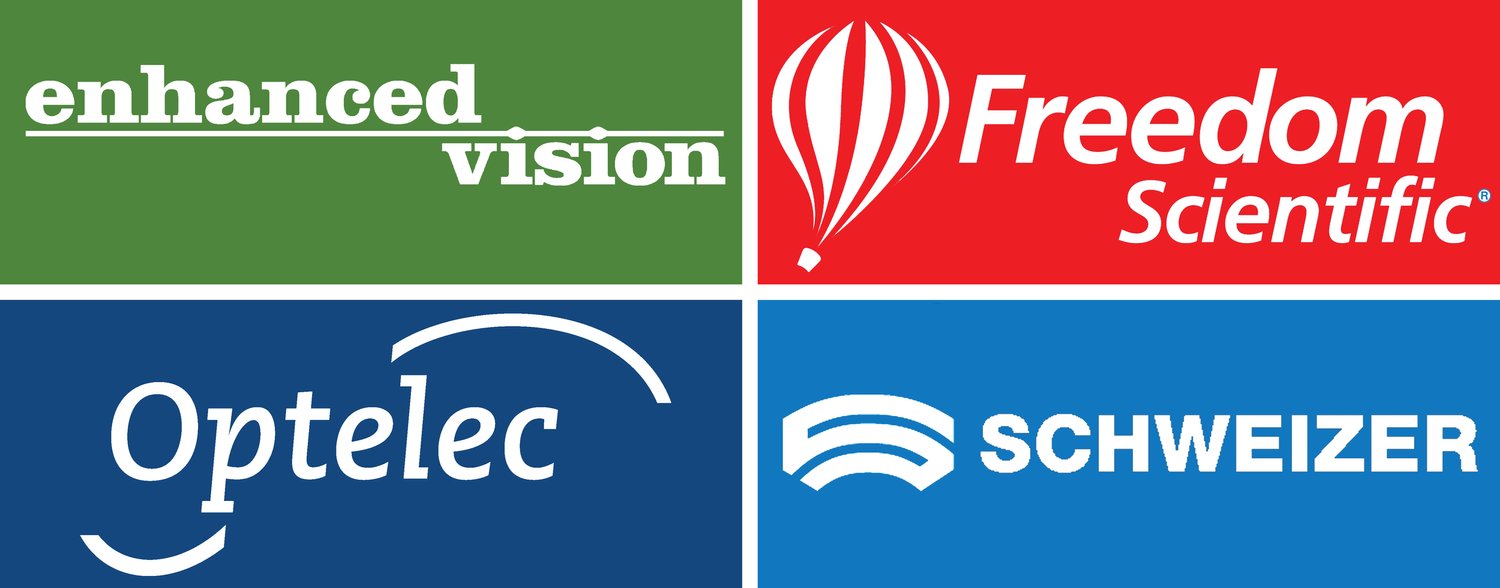Dyslexia Awareness Week
The image shows: The word Dyslexia spelt out in wooden letters on a table, all around it are a mesh of other letters, randomly jumbled.
At Optelec UK, our mission is to improve the quality of life of blind and visually impaired people. But did you know our magnifiers and reading aids are also used to great effect by people with dyslexia?
In the UK, over 6 million people (10% of the population), have dyslexia. But it is thought that many are undiagnosed, and the real number is around 15%. With 700 million people worldwide having dyslexia, it is one of the most common learning disabilities, but it is also one of the least well understood. This must change. Seeing as October 3rd marks the beginning of Dyslexia Awareness Week, this month’s blog is an educational one!
The discovery and categorisation of dyslexia is surprisingly interesting and controversial. Previously referred to as “word blindness” the term “dyslexia” was coined in 1883 by German ophthalmologist, Rudolf Berlin, who noticed that some of his adult patients had trouble reading but no problem with their vision.
In the 70s, as attention shifted towards theories of cognitive development, interest in dyslexia was renewed. MacDonald Critchley claimed in his book The Dyslexic Child that dyslexia required urgent, official attention. Many organisations dedicated to dyslexia, such as the Dyslexia Clinic at Barts Hospital and the British Dyslexia Association, were opened.
Then came a long struggle for policy recognition. The 1978 Warnock Report published by the Department of Education and Science, found that the government had proactively rejected the existence of dyslexia and did not recognise it as a specific learning difficulty with underlying causes. It wasn’t until the 2009 Rose Review that dyslexia found an unequivocal definition as “a learning difficulty that primarily affects the skills involved in accurate and fluent word reading and spelling.” With characteristic features including, “phonological awareness, verbal memory and verbal processing speed.”
Researchers now believe that many difficulties associated with dyslexia are caused by binocular vision problems. Particularly, a condition called convergence insufficiency. This condition refers to a problem where a person’s eyes don’t work together effectively, and the brain struggles to separate words clearly from one another.
When people with dyslexia read, their eyes move rapidly and move from left to right then right to left. On average, people with dyslexia look at 1000 points per minute when reading, compared to 150 of non-dyslexic people. Every time the eye moves it must refocus itself. This is compounded by the fact that different eyes are focussing on different letters which means that the brain is receiving two images at once. All of this contributes towards difficulty focussing and spelling, blurred words, reduced reading comprehension and eye strain.
In this blog, we have consistently challenged the idea that such differences are downsides. We have seen countless examples of visually impaired people who live joyful, interesting, and successful lives, harnessing and embracing every part of themselves – including their visual impairment (not in spite of it). Dyslexia is no different. So, we’ll end with a quote from Theo Paphitis, entrepreneur, multi-millionaire and star of the BBC’s Dragon’s Den:
“I can safely say that I wouldn’t be where I am if I weren’t dyslexic because it’s given me this ability to problem-solve, and throughout my journey, I’ve come to realise that it’s not just me saying this - many others gain huge value from the differentiation that dyslexia gives them.”


